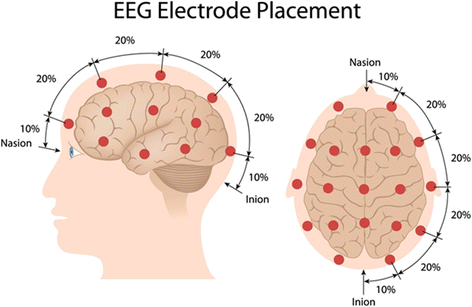

This project will therefore lead to improved selection of epilepsy surgery candidates and improved neurosurgical outcomes from the precise mapping of epileptogenic and healthy brain networks. Furthermore, such a campaign of simultaneous recordings will take unprecedented advantage of icEEG as the bridge between the two noninvasive techniques, providing compelling evidence for the links between all three measurements with respect to underlying high-frequency neural activity in both health and disease.

In addition to their attractiveness as noninvasive imaging techniques, fMRI and MEG have the potential to examine whole-brain networks that are not accessible to icEEG's necessarily limited spatial coverage. This will be a pioneering effort in several respects, as the first to directly measure high-frequency neural activity in tandem with fMRI, and among the first to do so with MEG. In particular, high-frequency activity (HFA), as measured with icEEG, has been demonstrated in recent years as a relevant index for both epileptogenic tissue and healthy cortical processing, but its correlates in fMRI and MEG require further investigation. The SEMAINE project will investigate intracranial EEG (icEEG) simultaneously recorded with either fMRI or MEG to 1) improve identification of the epileptogenic zone in patients suffering from drug-resistant partial epilepsy, and 2) define the functional organization of neural networks underlying human perception and cognition in order to prevent inadvertent deficits resulting from neurosurgical resection.
#INTRACRANIAL EEG AND HUMAN BRAIN MAPPING CODE#
Collaborating with neurosurgeons, the speech network of the human brain and its neural code are investigated by using the neural activity from inside the patients’ brain, also known as intracranial EEG. In my lab, we are searching for the neural code of sound and speech representation in the brain. Millions of people are suffering from hearing and communication disorder, hoping for innovative treatment and rehabilitation. Surprisingly, we know very little about the brain mechanism of this magic cycle of speech production and perception. Wemay take it for granted of our ability of speaking and listening in daily communication.


 0 kommentar(er)
0 kommentar(er)
